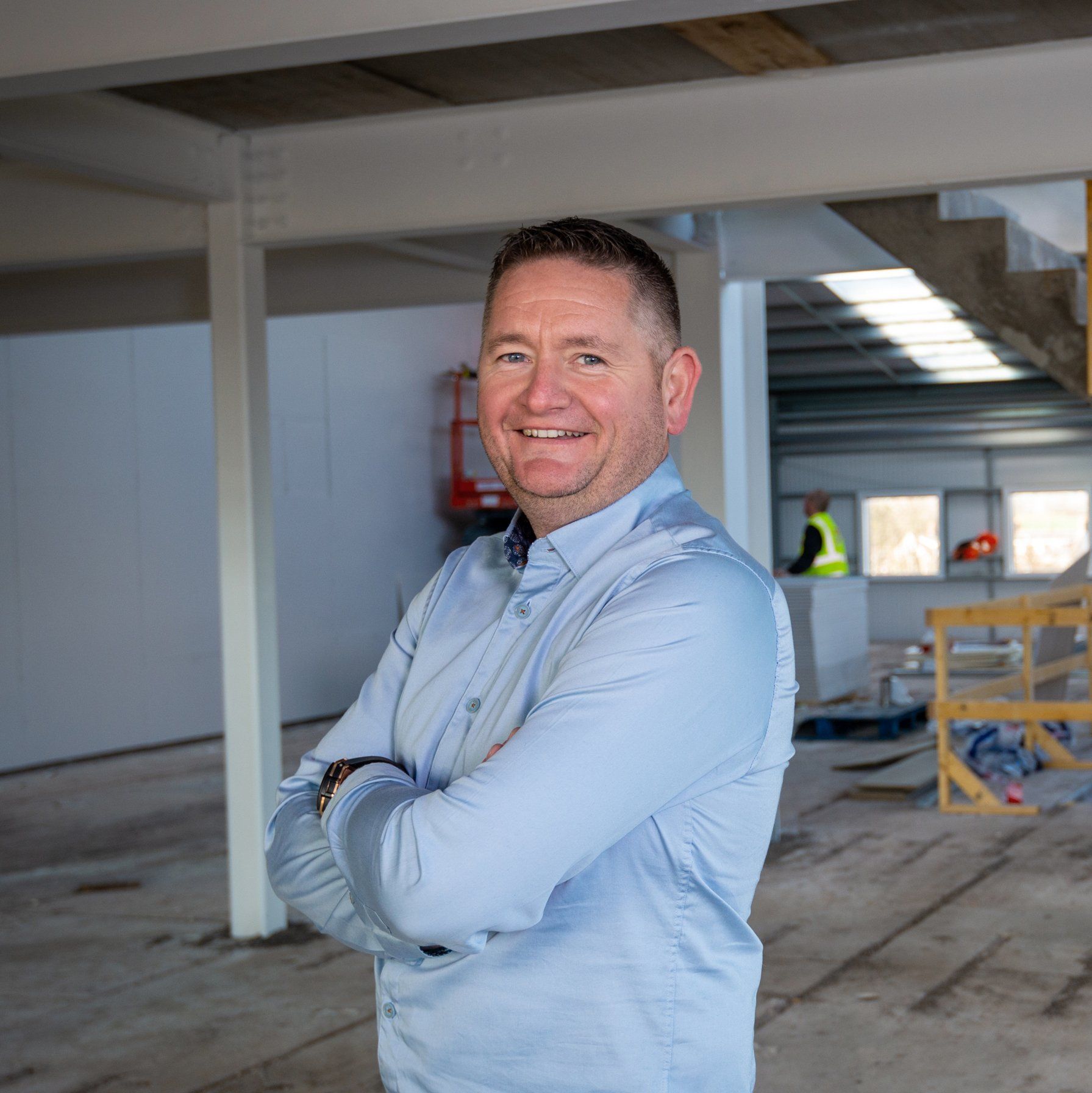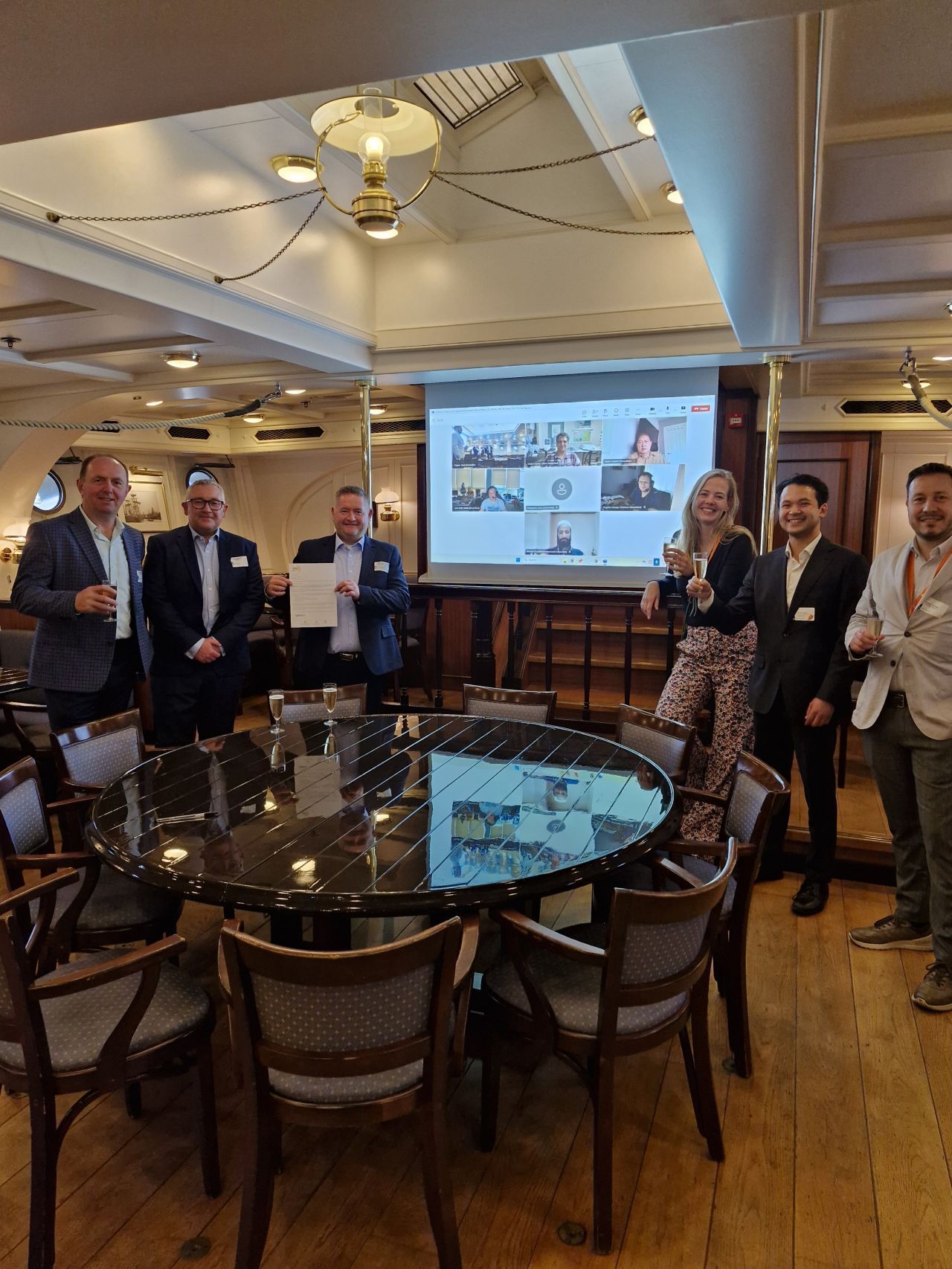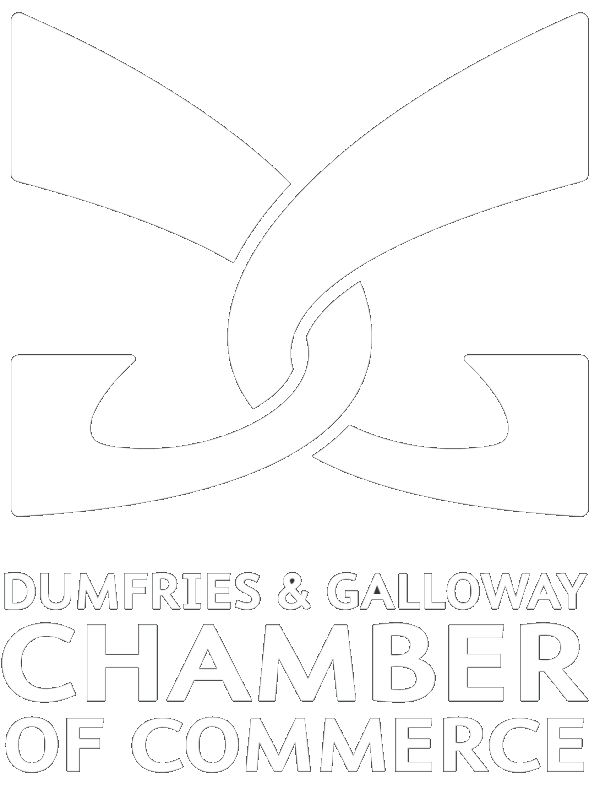Memorial to RAF’s unsung reconnaissance heroes announced
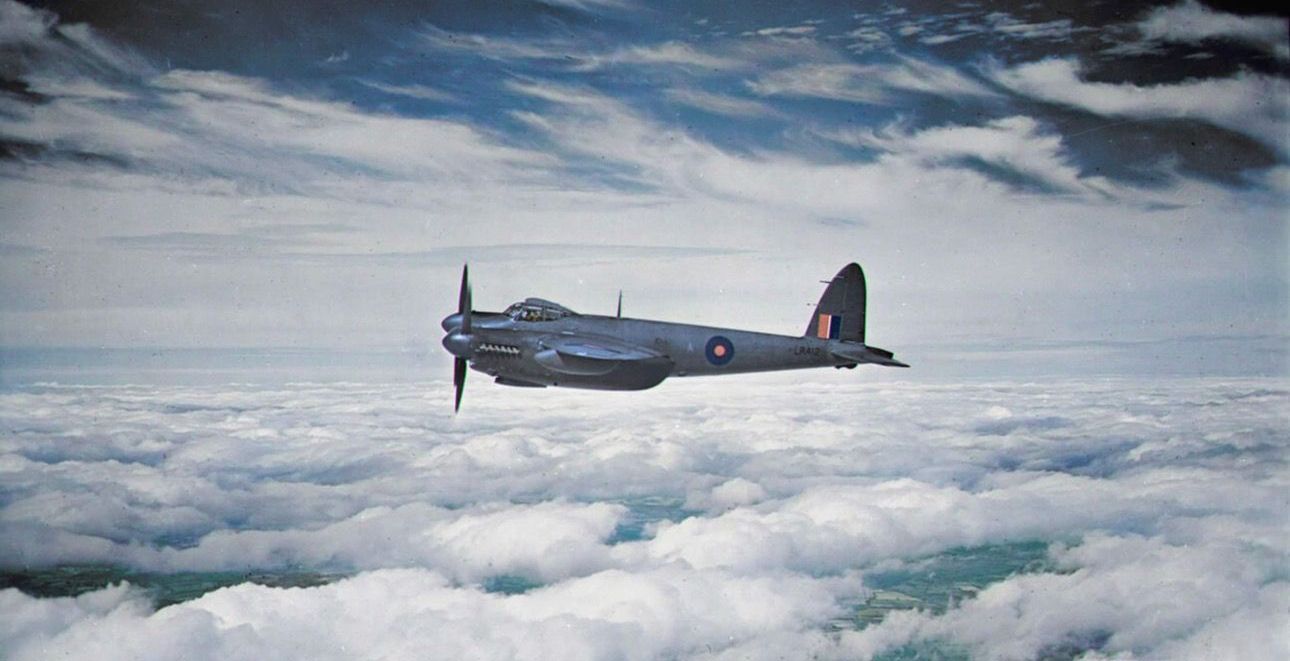
Plans to recognise the unsung heroes of the RAF’s Photographic Reconnaissance Units have successfully moved to the next stage - the Veterans Minister, Al Carns MP, announced in the House of Commons last night (Tuesday).
More than 200 MPs from eight different parties have supported the campaign for a memorial in London, outside the Treasury, close to the entrance of the Imperial War Museum’s Churchill War Rooms, facing St James’ Park.
Speaking during a parliamentary debate ahead of the 80th anniversary of VE Day, a debate in which MPs Amanda Hack, Alison Bennett, and Adam Jogee also mentioned the contribution of the PRU in the Allied victory, Al Carns announced that the campaign for the memorial had successfully moved to the planning stage.
Eco Group, based in Annan, Dumfries and Galloway, is one of the businesses which has provided its expertise to help create the memorial.
The centrepiece of the memorial is set to be a Rolls-Royce Merlin engine from an RAF Mosquito asssigned to 540 Photographic Reconnaissance Squadron at RAF Benson, which crashed into a Welsh mountainside in 1944, which Eco’s specialist Eco Dry Ice cleaning team have recently helped to restore.
Photo Reconnaissance Units
The RAF Photographic Reconnaissance Units (PRU) were formed on the 24th of September 1939 and throughout the Second World War they operated highly dangerous, clandestine photographic reconnaissance operations over all theatres of operation, and captured more than 26 million images of enemy operations and installations during the war.
The purpose of the PRU was to provide up-to-date intelligence to strategically plan the Allied actions in the war. Flying Spitfires and Mosquitos, the intelligence it gathered was used by all the armed forces, giving same day intelligence on enemy activity.
The intelligence provided by the PRU was used in the Cabinet War Rooms – now the ‘Churchill War Rooms’ located underneath the Treasury – and was instrumental in the planning of major operations; D-Day and the Dambusters Raid, the monitoring of major shipping movements such as the Bismarck and Tirpitz, and the locating of the site of the V1 and V2 rocket launching site at Peenemünde, as well as many other intelligence successes.
Due to the clandestine nature of their operations – they flew solo operations, unarmed and unarmoured – the death rate was nearly fifty percent. However, despite having one of the lowest survival rates of the war – life expectancy in the PRU was around two and a half months – there is no national memorial to the PRU.
Therefore, since 2021, the Spitfire AA810 Project has campaigned to establish such a memorial to the 1,746 PRU pilots and navigators, with a major breakthrough in the campaign coming this week with the Government’s announcement on Tuesday*.
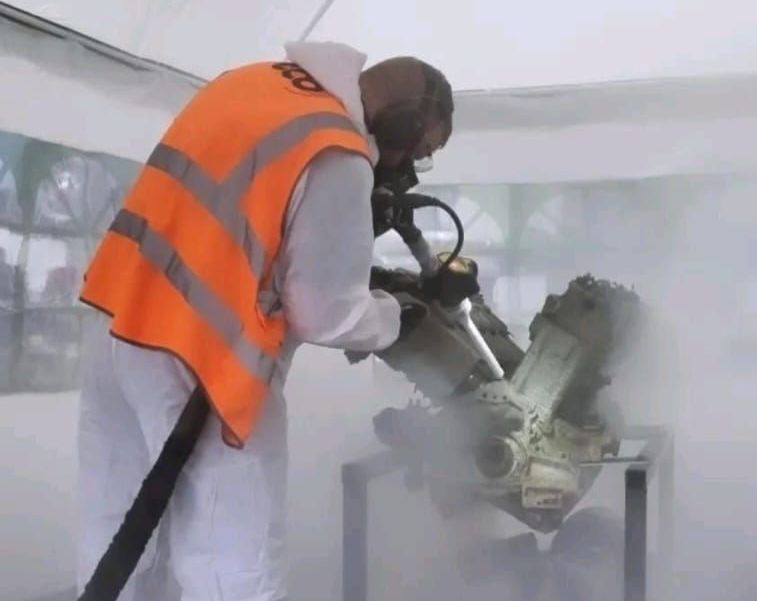
Photographic Interpreters
It is also intended that the memorial will recognise the Photographic Interpreters, who were based at RAF Medmenham, in Buckinghamshire. Using stereoscopy, they analysed the photographs for intelligence, with the intelligence report arriving at the Cabinet War Rooms within 24 hours of the plane landing.
The 635 Photographic Interpreters – a third of whom were women - included the likes of post-war actor, Dirk Bogarde, and Sarah Churchill, the wartime Prime Minister’s daughter. Their role was crucially important to the entire operation, as without their skill and analysis, the 26 million photographs would not have produced the war winning intelligence that it did, ensuring that the pilots sacrifice was not in vain.
International Effort
The memorial also intends to recognise the internationalism of the PRU, with 23 different nationalities confirmed to date as having served in photo reconnaissance, with countries from every continent represented.
These include the USA, Brazil, Canada, Australia, New Zealand, South Africa, and Fiji, among many others, including most of the occupied countries of Europe as well. Indeed, with such a widespread representation, the PRU arguably provides the greatest example of the international effort to defeat Fascism of the entire Second World War.
Location
The intended location for the memorial would be outside the Treasury, close to the entrance of the Imperial War Museum’s Churchill War Rooms, facing St James’ Park. The location has received approval in principle from the Royal Parks and Department for Culture, Media and Sport to proceed to the next stage, which includes ground surveys, design, and planning.
Welcoming the announcement, Spitfire AA810 Project Director, Tony Hoskins, said: “Since as a project we first looked at commemorating the highly clandestine and near suicidal work of the RAF unarmed Reconnaissance Squadrons, we have uncovered some incredible stories of the work these young men and women carried out, their actions unknown yet so vital to millions of people impacted by the conflict. Now on the 80th anniversary of VE Day it is so fitting to have the Government support this major step forward in recognising their work and sacrifice.
“More than any conflict to date, the Second World War had seen intelligence gathering play a vital role. The exacting nature of the work, and the performance required to fulfill it, meant there were few aircraft and even fewer pilots capable of rising to the challenge. RAF Photo Reconnaissance using high-speed, high-altitude aircraft had started as an experiment pursued by a free-thinking maverick with a single aircraft, but with the backing of a few far-sighted leaders, once the principle was established the work of these young men and women became a vital component of every Allied campaign with the intelligence gained considered necessary for the planning of any operation.”
Reconnaissance Spitfires and Mosquitos were responsible for some of the most significant intelligence finds of the Second World War. The work of the RAF PRU enabled Allied leaders to monitor almost every aspect of the enemy’s activity and act accordingly, and it is a tribute in particular to the Spitfire that it was the only aircraft capable of fulfilling this role throughout the whole conflict. To see this work commemorated in the very heart of London so close to where that intelligence was used so critically, has been an ambitious aim and we are so very pleased that we can now proceed with supportive stakeholders”.
Eco Group is one of many businesses which has helped the campaign. Steven McCreadie, Head of Dry Ice at Eco Group, and colleague Gordon Keenan, travelled to the Classic Collective in Bicester, where they carried out the Mosquito engine clean in the base’s workshop using their specialist dry ice equipment.
Steven said: “We are delighted to have played our part in restoring a piece of equipment which is so historic and significant to so many people. Well done to Tony, everyone at the Spitfire AA810 Project, and all those who have supported this campaign. We look forward to seeing the memorial in situ and to paying our respects along with so many others.”
If there is anyone related to or knew someone who served in the PRU during the war, or who wants to know more about the monument campaign, please go the Spitfire AA810 Project website (www.spitfireaa810.co.uk), or get in touch with Tony Hoskins,
Tony@spitfireaa810.co.uk.



